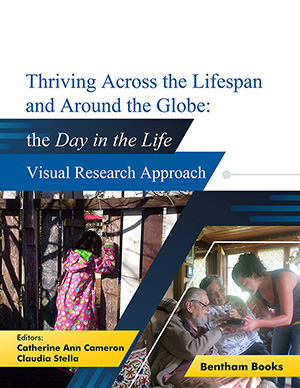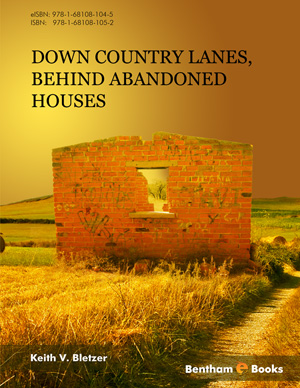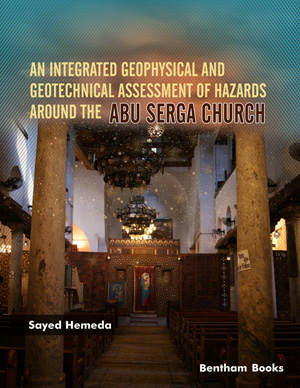Abstract
This article, which evaluates One Hundred Years of Solıtude, one of the important works of Gabriel Garcia Marquez, is discussed in three stages. In the first stage, the life, literary personality, and influences of Gabriel Garcia Marquez are investigated in order to understand the events, especially the banana massacre, which had a great impact. The environment in which the events took place, and the details in the descriptions, the period, and conditions in which this novel was written are reviewed.
In the second stage, the definition of the magical realism movement is studied, and its features are examined by giving examples and descriptions throughout the novel. In the third stage, the life process of “Macondo,” where the novel took place, from its establishment as a village to its urbanization and disappearance, are discussed. In these depictions, many changes and transformations that we encounter throughout the novel are examined over the following topics, changing the purpose of creating space, adding new functions to the buildings, enlarging the buildings by making additions, migrations, the effect of community and social change on daily life and space and the perception of this space on people, the sense of belonging of local people and alienation from the city, and the mechanization of space production are examined in the novel.
Keywords: Aracataca, Architectural, Buendia family, Buildings, Colombia, Creating space, Daily life, Gabriel Garcia Marquez, House, Macondo, Magical realism movement, Mechanization, Migration, Personalization of space, Social changes, Solidite, Space, Transformation, Urbanisation, Village.













